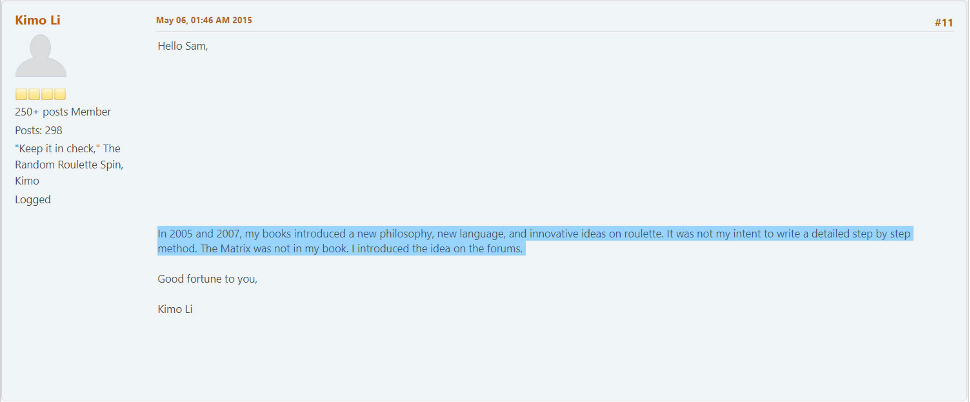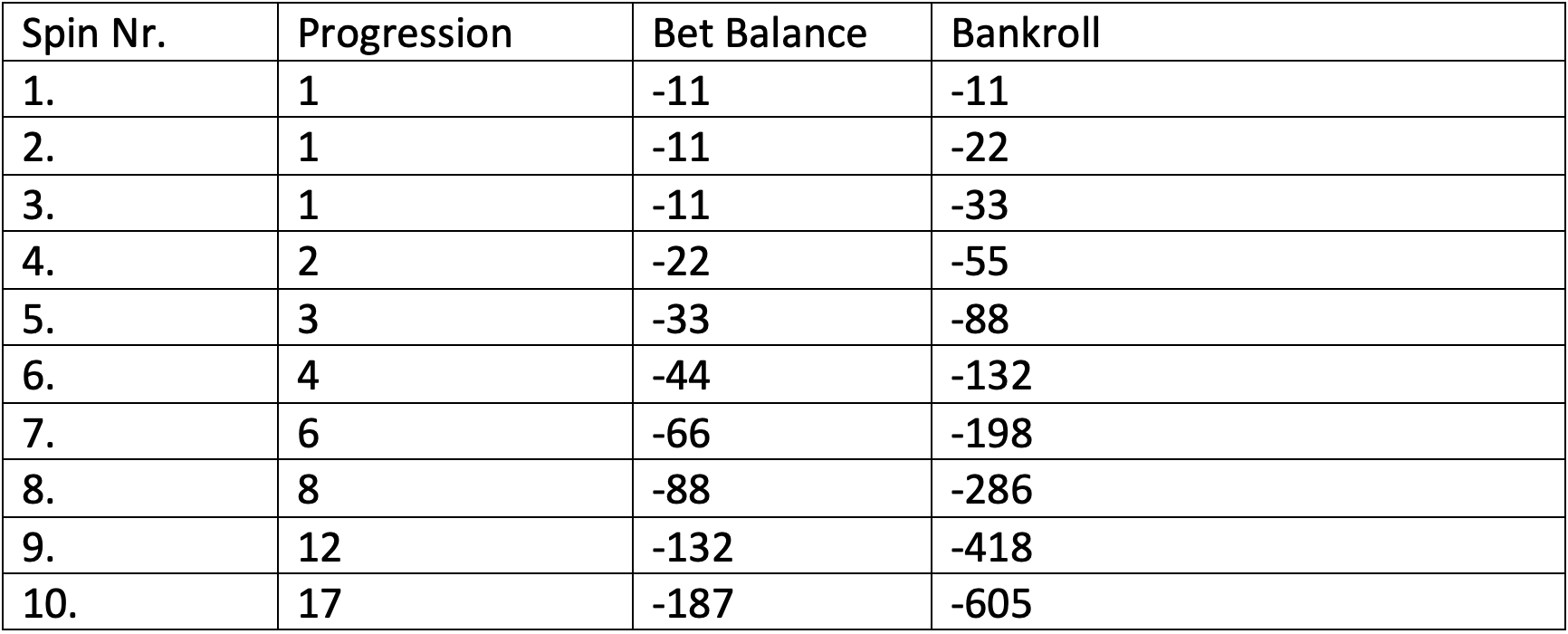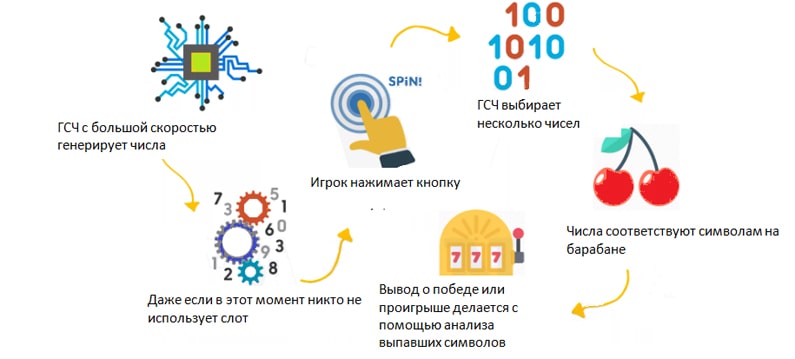Hello everyone!
Today it’s time to tell you about a roulette strategy known in small circles as “Kimo Li Matrix”.
The author himself published two books about his system for sale: “The Roulette Formula: How to Predict the Exact Number” and the second: “The European Roulette Book,” which you can still buy on Amazon.
But to my deep regret, people who have read his books have not found in them a mention of the famous matrix. Wandering the Internet, I’ve found a forum where Mr. Kimo Lee himself writes that his books have no matrix and that he’d given it to someone on the forum once.

But it’s optional because the point of this matrix is interesting – whether it gives something helpful for players or is just another nonsense for beginners. I tried to understand all its subtleties and will reveal all its secrets to you with pleasure. To begin with, let’s look at the matrix itself:

As you can see, Mr. Kimo Lee has worked hard on his brainchild.
He divided the whole roulette wheel into strictly defined sectors and designated them by the symbols “X-Y,” “A-B-C,” “S1-6,” and “PIE1-9”.
The game is played on the numbers located on the roulette wheel itself on its circumference. The whole strategy is figuratively divided into four stages.
Stage 1 of Kimo Li Matrix creation – 24 spins
We do 24 spins on the roulette wheel and record them in a row, for example:
17, 24, 8, 2, 14, 12, 9, 23, 2, 9, 22, 2,10, 26, 23,15, 23,12, 5, 9,16, 24, 27, 31.
Stage 2 – Fill in table Nr. 1
We look at the center of the matrix and fill in the numbers located there in the following Table:

If you have already guessed, all these numbers are located on the roulette wheel from 12 o’clock and clockwise from right to left.
Stage 3 – Fill in Table 2
The next step is to fill in the same Table but with the spins that have fallen out:
17, 24, 8, 2, 14, 12, 9, 23, 2, 9, 22, 2,10, 26, 23,15, 23,12, 5, 9,16, 24, 27, 31.
You have to fill out the Table like this. We take the first “17” from the list of dropped-out numbers and see what corresponds to it in the last Table: “PIE6” and “S2” – each of these characters is assigned one cross “x.”
Take the following number “24” from the list, find “PIE5” and “S2” in the Table and boldly give them an “x” too.
Eventually, the final Table will look like this:

Now transfer our attention from numbers to crosses and write out from the last table symbols with the lowest “x”: “PIE6”, “S1,” and “S4”. Symbol “S” should have only one, so we choose the last one in Table: “S4”.
Go back to Table 1 and write down all the numbers for the selected characters:
“PIE6”: 25, 17, 34, 6, 27, 13
“S4”: 4, 6, 8, 33, 22, 35
There are specific rules here, too: both numeric rows must not contain the same numbers. In our case, there is a “6” in the first and second numbers – remove it from the second row, and we get:
25, 17, 34, 6, 27, 13, 4, 8, 33, 22, 35 – a total of 11 digits
Stage 4 – The Game taking into account the data obtained from Kimo Li Matrix that we have created.
Finally, we got to the game because I almost fell asleep during a boring routine. Let’s move to the roulette wheel itself and close all 11 numbers. We start the game on a progression of 1, 1, 1, 1, 2, 3, 4, 6, 8, 12, 17!
Only ten steps. First spin – roll 33 (for example), and you win +25 chips! Back to our original row of numbers:
17, 24, 8, 2, 14, 12, 9, 23, 2, 9, 22, 2,10, 26, 23,15, 23,12, 5, 9,16, 24, 27, 31.
Remove the digit “17” from it, and on the other side, add the dropped-out “33”:
24, 8, 2, 14, 12, 9, 23, 2, 9, 22, 2,10, 26, 23,15, 23,12, 5, 9,16, 24, 27, 31, 33.
According to the changed order, we fill out Table 2 again:

We have removed “17” – this means “PIE6” and “S2” became one cross-less, and “33” was added, and “PIE5” and “S4” became one cross more.
We write out from the last Table the characters with the least amount of “x”: “PIE6” and “S1”,
“PIE6”: 25, 17, 34, 6, 27, 13
“S1”: 32, 25, 36, 5, 14, 7
Drop 25 from the second list and close all these numbers on the tape measure.
Then follow the same pattern, etc.
One more point, which the author himself did not explain, is –
what will be the layout of the losses if you play by progression 1, 1, 1, 2, 3, 4, 6, 8, 12, 17?

That is, the player’s bankroll must be at least 605 chips.
The next question is – hat to do if all ten steps are losing?
The author says that in this case, we leave the parameters of the symbols as they were before the losing session, e.g.:
“PIE6: 25, 17, 34, 6, 27, 13
“S1”: 32, 25, 36, 5, 14, 7
And again, we start betting on the progression.
Conclusion:
Now I’ll let you know the secret of all these tricky shenanigans.
Mr. Kimo Lee’s entire strategy is based on the principle of hot bets, that is, on the numbers that fell the least number of times. Only the author does not play on the field of the Table and takes the numbers located directly on the circumference of the roulette wheel.
After each win, there is a recalculation of the hot numbers. And when losing, when ten times in a row fall out, cold numbers make no sense to fill out the tables again because the hot bets are the same as they were.
Well, such a strategy has the right to exist. The only thing that confuses me a lot about it is the highly complex system for calculating hot numbers. It could be much more straightforward.
For example, we write out all the numbers from the circle of the roulette wheel, compare it with the last 24 hits, and give each digit a cross. Those numbers get the least number of crosses and are the hot numbers.
Good luck with the game!








0 Comments